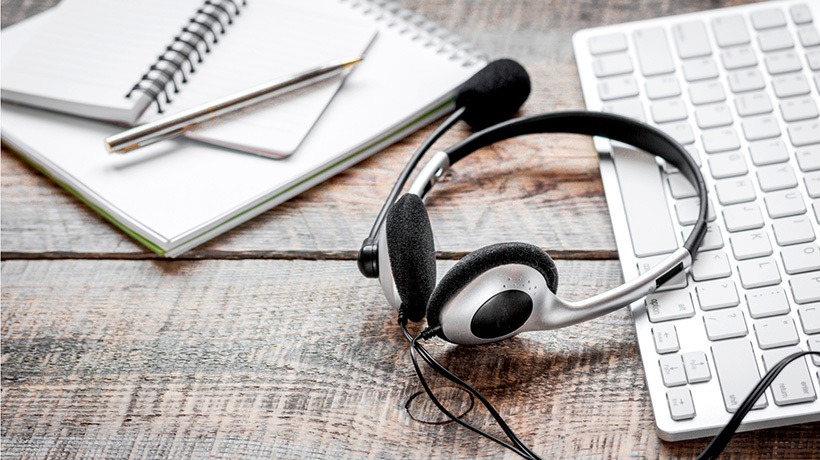Recording High-Quality Audio In Learning Videos
Video-based learning is all the rage right now in a number of corporate organizations due to various reasons. Firstly, video is the content format that modern learners prefer to consume information. It can be easily viewed on their smartphones and engages both their visual as well as auditory senses. Secondly, video supports microlearning as it is easy to create 5-minute-long videos with concentrated bursts of step-by-step instructions that help learners develop a skill. However, a number of organizations forget the fact that video is a combination of visuals and audio, and they still favor high visual quality over high audio quality. While both are important in their own way, there have been several studies that have shown that poor or medium audio quality in a video, no matter how good the visuals turn out to be, has negative effects on viewers’ learning (both absorption and retention). In addition, most viewers react negatively to the video content as a whole if the audio quality is not good enough, which cannot be possibly good for learning.
Corporate organizations using video-based learning in their employee development programs usually record audio themselves. In this article, we’ll look at 4 tips on how such organizations can record superior quality audio and create flawless video-based learning that has both great visuals and audio. Let’s have a look.
1. Use Voice Overs
Voice overs are much easier to record in high quality than recording both video and audio at the same time. Particularly when you’re shooting outdoors, the environmental or ambient noise completely messes up the audio quality. It is much simpler to just record audio off-camera at a separate location, preferably a quiet one with no ambient noise, and then splice it into the recorded video using video-editing software (there are many on the market).
2. Set Up A Recording Studio
It’s easier than it sounds. We don’t mean you should hire a professional recording studio, although that would be perfect. As mentioned in the last point, you just need a small room with no ambient noise, preferably carpeted, with soft walls, wallpaper, and curtains so that there is no echo or interference of any sort when recording audio. If such a room isn’t available—it usually is—and worst comes to worst, you can use a closet to record the audio. You’ll be surprised at how well that works.
3. Have The Right Equipment
You won't have to bother with the rest of the points if (and when) you have the right equipment as well as people who know what they are doing when recording. Recording audio for digital learning videos usually requires a balanced microphone that eliminates noise, a lavalier mic works fine most of the time. You will also likely need extra cables, as microphone cables aren’t usually very long. You’ll also need a preamplifier and an audio interface if you want to get the most out of your microphone and get the best possible audio quality, especially if you’re recording on your smartphone. All this equipment won’t come cheap but is worth investing in for your learners/employees.
4. Get The Right Audio-Editing Software
Having done everything mentioned above, there’s still no guarantee you’ll get the audio you want, which is where audio editing software comes in. Research the market thoroughly and invest in audio editing software with the best features that fulfill all your needs. There is great audio editing software available today, with advanced filters and features that will let you eliminate unwanted noises in an audio recording, cut, paste and splice audio up to the smallest bit, convert your audio into a number of formats and even restore damaged recordings. Of course, you’ll need some time to get accustomed to it or you could simply hire a sound engineer.
Creating professional digital learning videos isn’t that hard or expensive, only a little of both, as long as you are ready to put in the effort and to invest in the appropriate gear and software. Follow the above-mentioned points to record high-quality, flawless audio for your digital learning videos and turn your video-based learning or microlearning strategy into a success.


